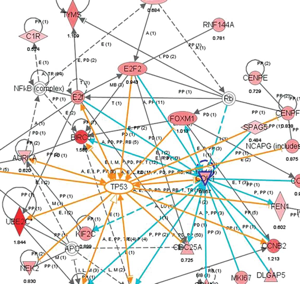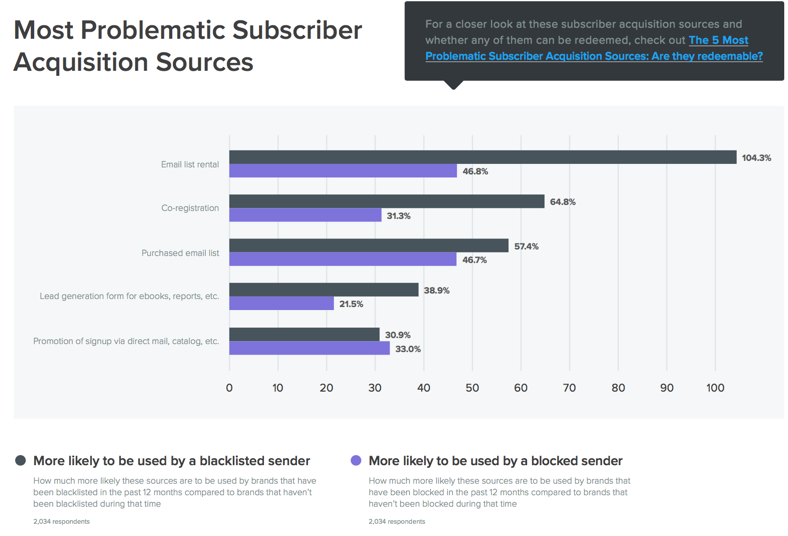A decade of blogging
August 2017 marks 10 years of blogging. In that time we’ve written almost 2200 posts. We’ve had millions of visitors.
My first blog post was a bit of a cliche. The first real content on the blog was a post about the 7th circuit court of appeals ruling in the E360 v. Spamhaus lawsuit. I continued following that case for the next 4 years as various arguments, filings, and rulings were made.
A decade ago deliverability was very, very different. Many of the things we take for granted as best practices hadn’t been proposed much less standardized. There were a tiny number of FBLs. DKIM was still in development. CASL didn’t exist. There were no tabs in Gmail. Email clients didn’t have unsubscribe headers. Most senders didn’t use List-Unsubscribe headers. APWG didn’t exist. Goodmail and Habeas did exist. So many changes in a relatively short period of time.
Even more astonishing, though, is how the deliverability industry has grown. Many of us calling ourselves deliverability experts fell into the career accidentally. Now, there are deliverability engineers, compliance specialists, delivery consultants and a number of other position types. A few weeks ago, I was talking with some colleagues at an ESP, an their deliverability department includes engineers, data specialists and consultants.
While the number of people working deliverability has grown, we’re still a fairly tight knit community. Just yesterday we raised over $2000 in less than 24 hours for a colleague whose apartment was flooded in Houston. We’re very happy they’re safe and have temporary housing.
Here’s to watching deliverability grow for another 10 years.


